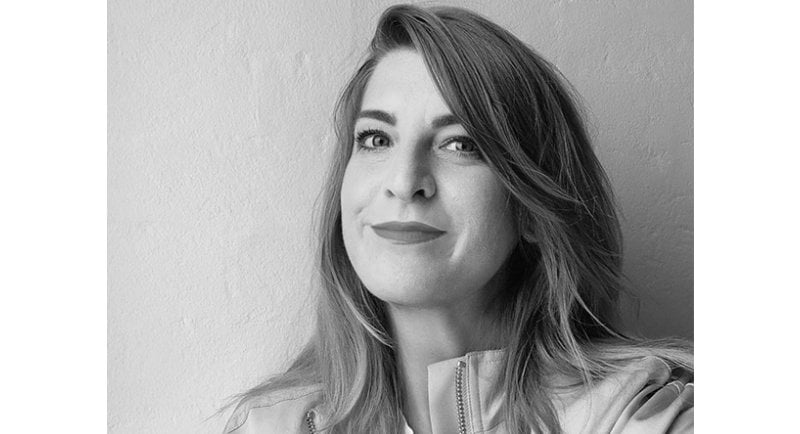The advertising industry needs to focus on the retention and upward mobility of its diverse talent, according to the Advertising Council of Australia’s (ACA) national head of engagement Hannah Sturrock.
“If you think about it, even if you do a brilliant job at hiring a diverse talent base, and by ‘diverse’ that’s gender, ethnicity, and sexuality, neurodivergent, all different aspects of humanity. But then if they all leave within a year or two, then really, the discussion about diverse recruitment is null and void.”
Sturrock argues that the retention and upward mobility of its diverse talent is one of the most pivotal priorities of the advertising industry. “We’ve got a fairly ethnically diverse industry overall, but not once you look at the senior roles.
“Equally, we have quite a high representation of LGBTQ talent, when you look at the industry overall, but again, when you look at the senior levels, that really drops right down.
“We even see one in three LGBTQ people do not feel comfortable being out at work. That would suggest that we’re not as inclusive as we’d like to think.”
Sturrock’s comments come as the ACA conducts its second annual industry-wide Create Space census aims to benchmark the industry’s progress on DE&I and highlight gaps and opportunities for greater representation and inclusion across the sector.
Yesterday, the head of the Diversity Council Australia (DCA) warned the use of AI-powered recruitment tools by the media and advertising industry could tip the scales further in the wrong direction in terms of diversity and inclusion hiring.
Sturrock suggested the industry focus on cementing broader, functional DE&I strategies to amend the systemic issues in the hiring processes before the large-scale adoption of AI tools in recruitment. The concern being that these tools may perpetuate more of the same representational disparities the ACA is striving to overcome.
Sturrock told Mediaweek the ACA census, which is open until November 28, hoped to see small signs of progress, particularly in the industry’s understanding of DE&I policy. The 2021 census had revealed 53% of respondents were not even aware of their companies DE&I policies or strategies.
“I’m under no illusion that two years can really transform the systemic, and socioeconomic trends.
“This is always going to be a slow and quite painful process, I think to rewire our industry, and build on perhaps some of our strengths, but really also be addressing the gaps and the pressure points.”
“Then at least we’re making some progress in putting this topic on the agenda, talking about it, socialising it, and inviting a bit more scrutiny of these policies and strategies.”
Industry outlook: now and into the future
Launched in 2021, in collaboration with global insights agency Kantar, the landmark biennial census report provided data that detailed the makeup of the advertising industry in Australia, and the experiences of the people at work who constitute it. The report highlighted the industry’s strengths, gaps and identified areas where action was most needed.
See Also: Kantar trends report predicts big year for video-on-demand
At this time the census revealed that twice as many people with a disability were made to feel uncomfortable in the workplace than those who are non-disabled, the experience of discrimination and negative behaviour is near three times higher for people who identify as Asian, and 23% of respondents reported feeling anxious at work as a result of identifying as LGBTQIA+.
The report also listed the gender pay gap as 33%.
Off the back of these results, ACA launched an action plan to encourage change and combat these negative behaviours, to which three new items were recently added designed to support those with disabilities, minorities, and members of the LGBTQIA+ community in the industry.
Sturrock is keen to see the changes, “Obviously the last census was at the end of 2021, with a lot of us still working from home. It was the end of a very odd year. At the same time, there was a real talent shortage.
“Now, two years later, so much has changed. We’re back in offices, there’s recessionary pressures, but then also a lot more awareness of D&I has also been part of the last two years of work in the industry.”
Commenting on her hopes for this year’s census revelations, Sturrock stated, “Our inclusion index, if we get it to go up even by a couple of points. I would love to think so.
“That’s the great thing about [our] index methodology, you do get that big number that will help us to track progress and see whether we’re going in the right direction.”
–
Top Image: Hannah Sturrock
